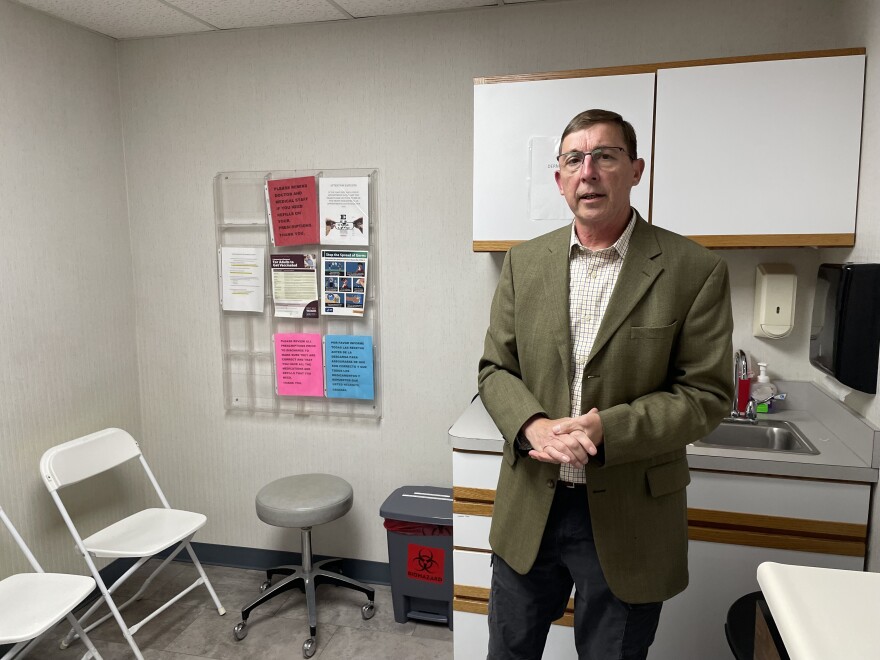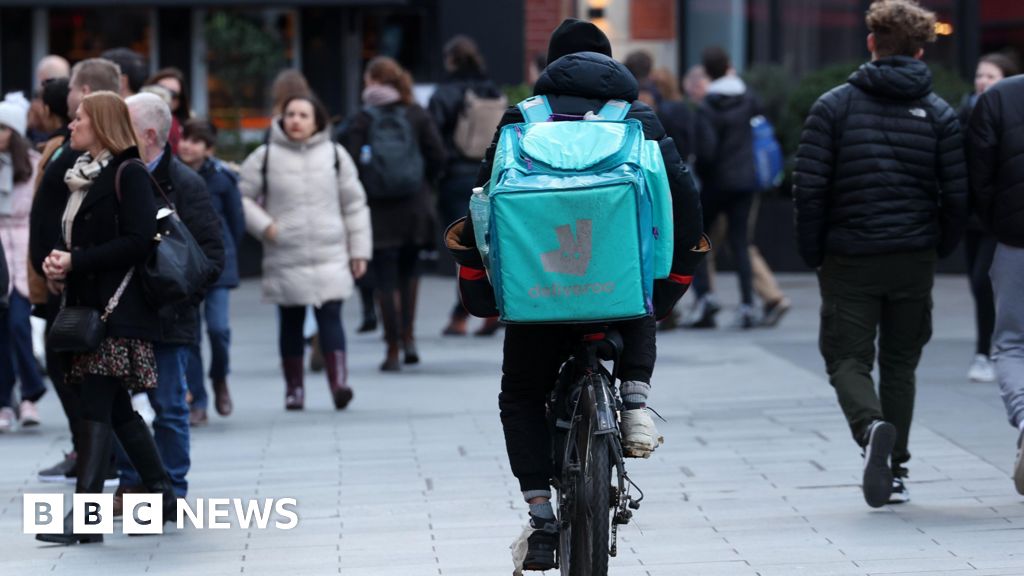As the need for affordable health care is growing across the state, health officials warn financial support for free and charitable clinics is dwindling.
Last year, 80,000 Ohioans relied on free and charitable health clinics for their medical care, according to the Charitable Healthcare Network.
These clinics provide services at low- to no cost to people who can’t afford care or don’t have health insurance. They offer most services found at non-free clinics: primary care, diagnoses, treatments and in some cases, mental health and dental care.
But while the need is growing, charitable donations have dropped, said Mark Yoder, executive director of the Viola Startzman Clinic in Wooster.
“Pre-COVID, I mean we were raising anywhere between $500,000 a year or more,” Yoder said. “Last year, for example, it was close to I think it was $150,000 or $200,000, so definitely, there's been a trend down.”
A statewide phenomenon
This trend isn’t unique to this Northeast Ohio clinic, said Jason Koma, executive director of the Charitable Healthcare Network.
“Almost every single free clinic and charitable clinic in the state of Ohio is one or two decisions away from a large funder, from not being able to keep their doors open,” Koma said.
The statewide network includes 56 clinics serving patients in 86 counties, Koma said. These clinics rely on three main sources of funding: money allocated in the state budget, federal and state grants and charitable donations.
“The business model just doesn't work because the revenue side really is something that relies on outside influences,” Koma said.
A few clinics have closed already. Others have had to get creative to survive.
The Viola Startzman Clinic, for instance, began promoting its services to more patients who do have insurance, including Medicaid and Medicare, Yoder said.
“If we're going to continue, we need either the community support increase with donations or other streams of revenue,” Yoder said. “The only way we're going to continue being able to serve this population, serve these communities, is by pushing the need for commercial insurances.”

Anna Huntsman
/
Ideastream Public Media
Billing insurance gives the clinic a sustainable source of revenue, which, in turn, allows it to continue to care for the patients who don’t have insurance, Yoder said.
One of Yoder’s patients, Anna, has insurance through her employer. Coming to the clinic feels like paying it forward, she said.
“To me, I'm using my insurance, whether it would be here or somewhere else. So, I'm happy to do whatever I can to help the community,” she said.
While this hybrid model is creative, Koma, with the Charitable Healthcare Network, pointed out it isn’t feasible for all clinics.
“It's an innovative solution and an innovative attempt to try and fill that gap in the business model. It's also really hard to do that, right?” Koma said. “You need infrastructure, you need staff.”
Most of the state’s free clinics primarily rely on volunteer physicians and administrative staff to operate, he said.
“If you look at a regular primary care office, the amount of people that are dedicated to the paperwork side, the billing side, the connecting with insurance side, those are individuals and salaries that need paid somehow,” Koma added.
For example, the Lorain County Free Clinic has also seen a drop in donations, but they won’t take insurance, Executive Director Paul Baumgartner said.
“We don’t have the infrastructure and the technology to do that,” Baumgartner said. “We operate on shoestring budgets … and to change that would upend the way that we have found most effective for people that are uninsured.”

Anna Huntsman
/
Ideastream Public Media
This clinic has six paid staff members and dozens of volunteers.
So instead of attempting the hybrid model, they’ve expanded fundraising and outreach campaigns to try to recruit new donors. They’ve tried to broaden their donor base by reaching out to areas in the county that are seeing major economic growth, such as Westlake and Avon, Baumgartner said.
“People, inherently, they want to be supportive, they want to give - you just have to show them how and why,” Baumgartner added. “That's what we do and that's what we need to continue to do creatively, because people have a lot of choices when it comes to getting their checkbook out.”
Yoder at Viola Startzman is concerned that if clinics don’t switch to a hybrid model, there could be more closures.
That’s especially true with new funding concerns on the horizon. Earlier this year, the Trump Administration cut grant money that had already been allocated to his clinic and others. Plus, possible changes to Medicaid and the Affordable Care Act could leave more Ohioans uninsured.
That would have ripple effects that could strain health care resources, cost more and ultimately lead to worse outcomes.
“You're going to have these patients progress into having to use the emergency department or having to, you know, have law enforcement called on them from their mental illness that isn't controlled,” Yoder said. “I do think it's going to actually burden the system a lot more.”
Even with their new insurance billing strategy, the clinic still needs to raise more money, Yoder added. Like other charitable clinics throughout the state, they’re ramping up their fundraising efforts this year to try to recruit new, younger donors.







.jpeg)

 English (US) ·
English (US) ·